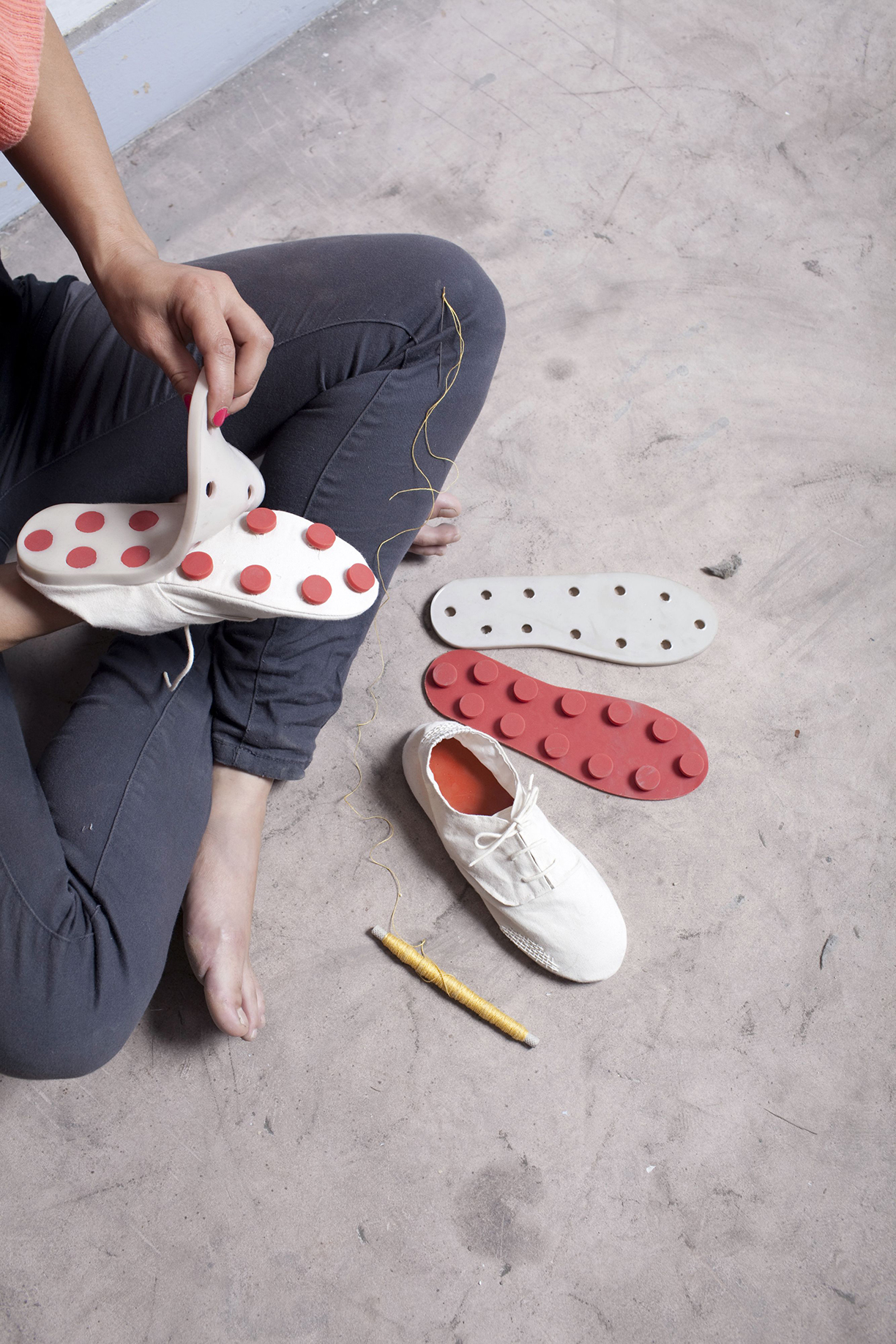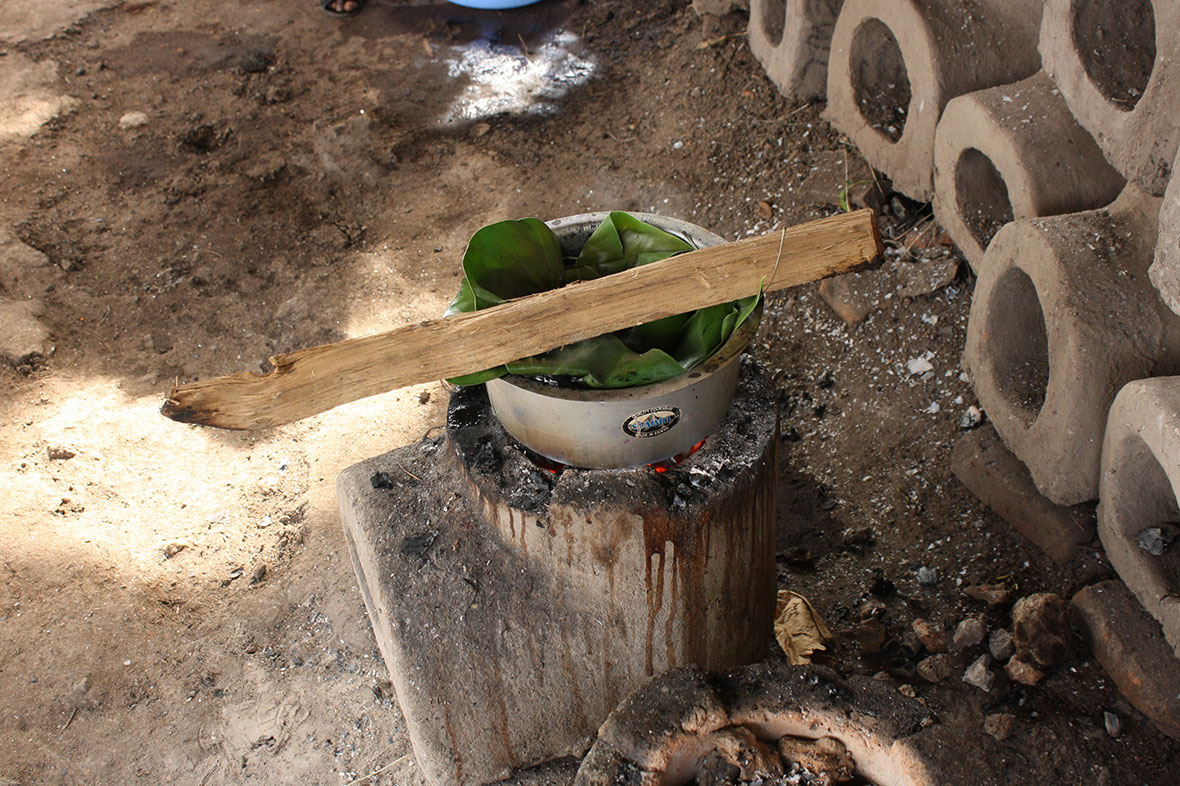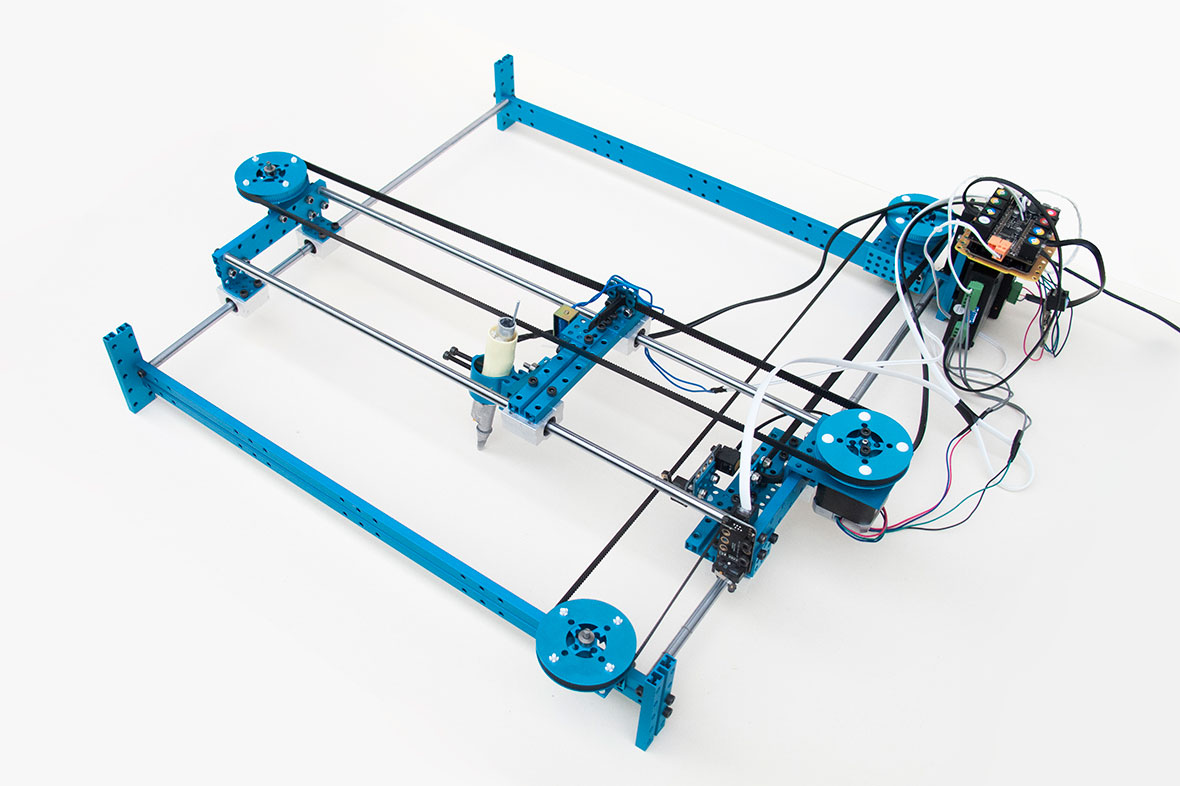Presented at Dutch Design Week 2013, Digital Wax Print explores the relationship between digital fabrication and the manual technique of wax-resist dyeing. Historically, due to globalization and industrialization, automated wax resist techniques were introduced and new breeds of batik emerged, such as batik cap and batik print which exist parallel to the traditional hand written wax resist batik tulis. NOW Digital Wax Print merges two contrasting production methods, creating a tool that transforms an industrial action into a small-scale production process by performing the function of a single step within an overall sequence. Adapting the machine to the process – taking a traditional technique focused on repetition and connecting it to the expected accuracy of digital data for fabrication – we create outcomes that differ from expectations. Unique patterns on wax-resist that normally take themes from our everyday lives, now come in the form of data fed into the machine and interpreted in it’s own particular ‘handwriting’. As the knowledge of traditional manufacturing and the accessibility of digital fabrication continue to evolve, the blending of steps in any order allows the tool to open up new possibilities.
Author: The Future Continuous
-

Repair It Yourself
The activity of repairing is a form of re-appropriating control on our material world, allowing us to understand how things function and acting as a key tool for the consumer to control his post-consumption goods (waste). Shoes are one of those products that, with the rise of consumerism and mass production, evolved drastically from a completely repairable object; and the active social-economical structure that existed around shoe repair is slowly disappearing.
Shoes, both crafted and industrially manufactured, are almost always assembled through irreversible connections, stitching and/or gluing. This means that components such as the sole and the upper, although commonly made of two very different materials, are inseparable. Throughout use, shoes are worn and damaged both in the sole and in the upper.These shoes are designed with a reversible connection between the sole and the upper, allowing the repair process to be more transparent in relation to the material the individual component is made of. This project brings back in the hand of the consumers tools and knowledge for repairing. The shoes come with a repair kit specifically designed for them, but which can also be used to repair other goods in the house.
– Image by Mieke Meesen
-

Working in paradise
A single fibre, intaratara marsh grass, and a single tool, Uruhindu, are used to give life to a range of jewellery capable of narrating a royal technique that was getting lost over time.The Ububoshyi Bu’Uruhindu, used to produce the Agaseke baskets, is one of the techniques most representative of the Rwandan knowledge of craft. Working together with the CAMK cooperative of crafts-women and Namibian designer Olivia de Gouveia in-situ for two month resulted in a jewellery collection that reclaimed the neglected tradition, add a contemporary twist that would make it attractive to a new global market, thus allowing the women to work towards being self-sustaining. More about the project here.
-
#venice
Realised Utopias#venice Realised Utopias was presented at the first Design Biennale of London from the 7th – 27th of September 2016.
